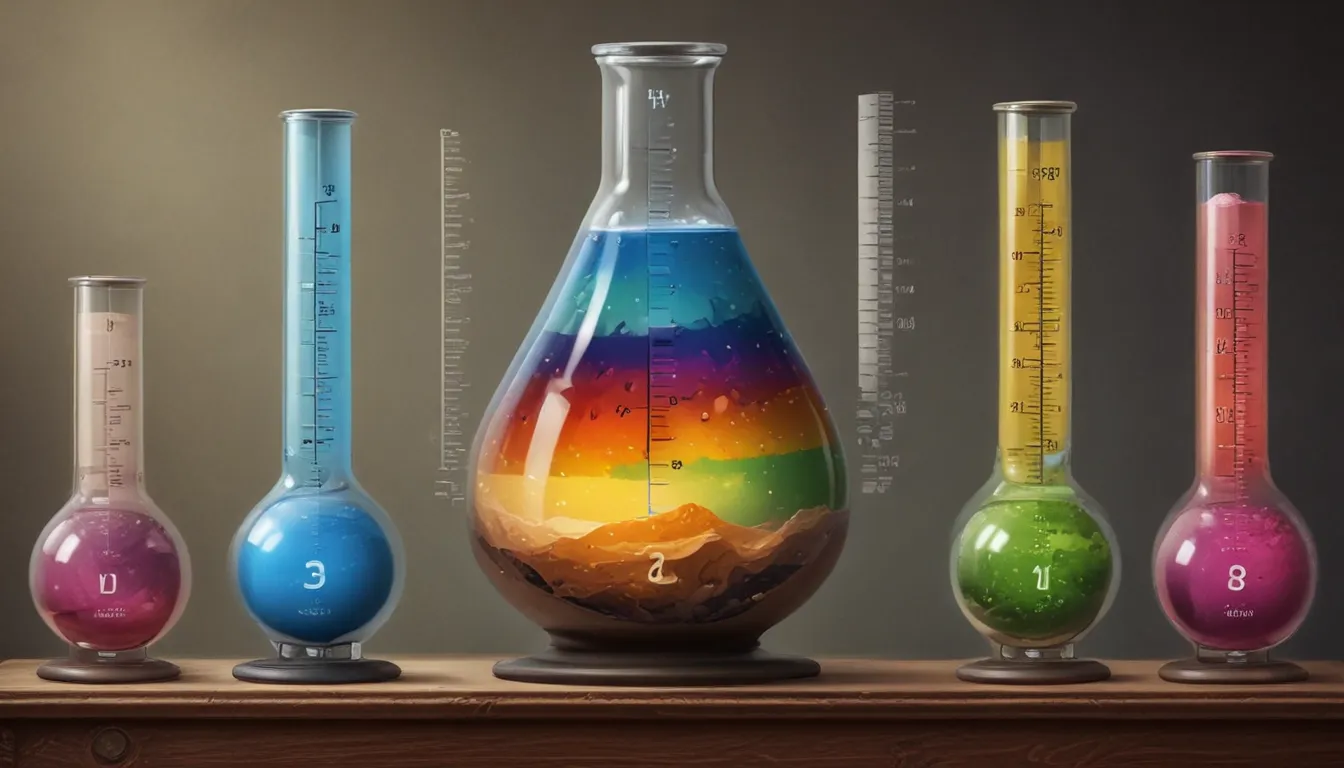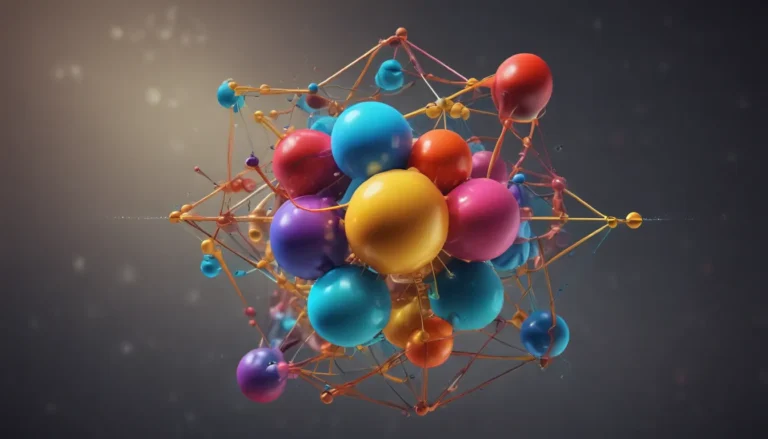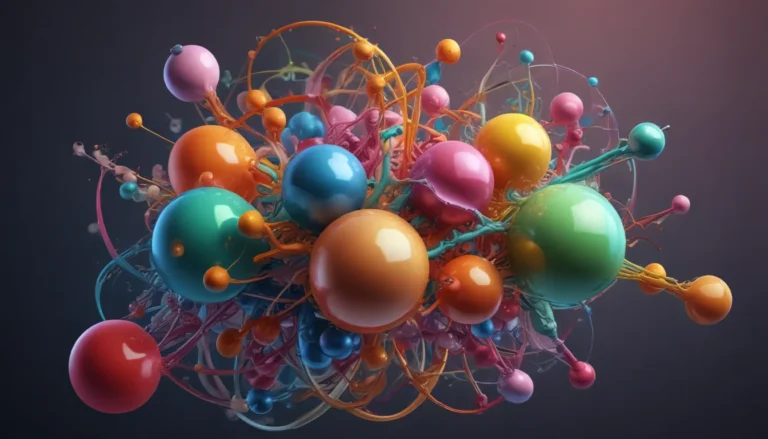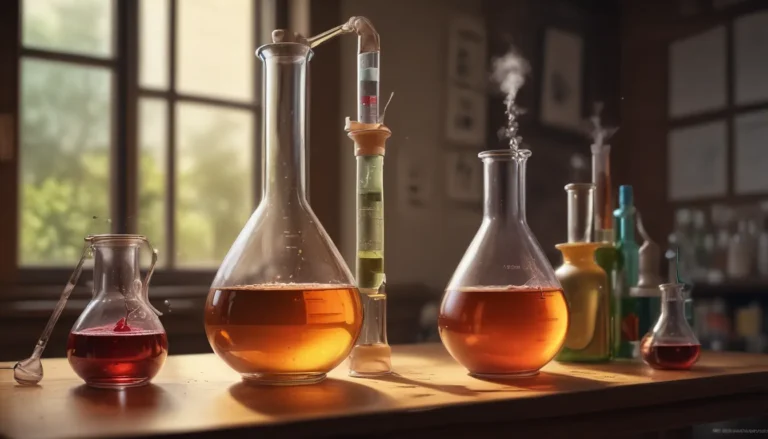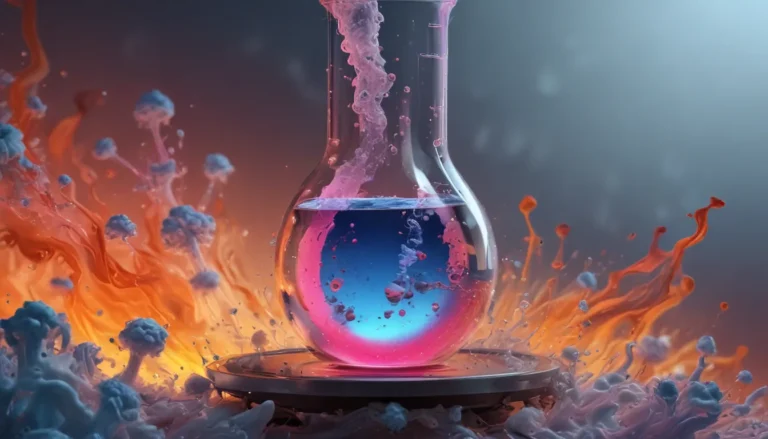A Note About Images: The images used in our articles are for illustration purposes only and may not exactly match the content. They are meant to engage readers, but the text should be relied upon for accurate information.
The pH scale is a fundamental concept in chemistry that enables us to understand the acidity or alkalinity of substances. Ranging from 0 to 14, with 7 being neutral, this logarithmic scale plays a crucial role in various aspects of our lives, from the taste of food to pool maintenance. In this article, we will delve into 15 mind-blowing facts about the pH scale that will leave you astounded at the intricacies of this essential concept. Join us on this fascinating journey as we explore the origins, applications, and significance of pH in the world of chemistry.
Key Takeaways:
- The pH scale measures acidity or alkalinity on a scale from 0 to 14, with 7 being neutral. Each whole number change represents a tenfold difference in acidity or alkalinity. Understanding pH is vital in chemistry and affects everyday items, pool water regulation, and food taste.
The pH scale Unveiled:
At the core of the pH scale lies 7, representing neutrality. Solutions with a pH less than 7 are acidic, while those above 7 are alkaline.
The Remarkable Logarithmic Nature of pH:
Each whole number change on the pH scale signifies a tenfold difference in acidity or alkalinity. For instance, a solution with a pH of 2 is ten times more acidic than a solution with a pH of 3.
The Acidity of Everyday Items:
- Lemons: highly acidic with a pH of about 2, lending them their characteristic sour taste.
- Vinegar: commonly used in cooking and cleaning, has a pH around 2.
- Black coffee: mildly acidic with a pH level around 5.
pH in Nature:
- Pure water: neutral pH of 7, though impurities can alter its pH.
- Ocean: slightly basic with an average pH of around 8.1, but ocean acidification is a growing concern due to rising carbon dioxide levels.
pH in Living Organisms:
- Human blood: slightly alkaline with a typical pH of 7.4, crucial for bodily functions.
- Plant growth: pH of soil impacts nutrient availability, influencing plant health and growth.
pH in Daily Life:
- Pool water: ideal pH range of 7.4 to 7.6 for comfort and safety.
- Food taste: pH affects the taste and texture of ingredients, with different pH levels producing varying results.
Tools for pH Measurement:
- Indicators: like litmus paper, pH paper, or pH meters accurately measure pH levels in solutions.
- Buffers: in the body help maintain pH balance, preventing drastic fluctuations that could be harmful.
pH and Its Impact:
- Swimming pool chlorine: pH levels influence chlorine effectiveness in sanitizing pool water.
- Green chemistry: pH regulation plays a vital role in eco-friendly chemical processes.
Conclusion: Embracing the Complexity of pH
In conclusion, the pH scale is a cornerstone in chemistry, influencing various aspects of our lives. These 15 mind-blowing facts shed light on the intricacies of pH, from its significance in everyday items to its role in maintaining body functions. Understanding pH opens doors to a deeper comprehension of chemistry and its practical applications. Next time you encounter the concept of pH, recall these fascinating facts and appreciate the omnipresence and importance of pH in our world.
Dive Deeper: Exploring pH Measurement Techniques
Discover more astounding insights into pH measurement techniques, expanding your knowledge of acidity and alkalinity in chemical reactions. Delve into the realm of Bronsted-Lowry acids and explore the significance of acid-base indicators in identifying pH levels. Satisfy your curiosity and continue learning with captivating reads on pH-related topics.
Your Input Matters!
At Learningmole, our commitment to delivering accurate and engaging content is paramount. Each fact contributed by our users undergoes meticulous review by our editors, ensuring the highest standards of authenticity and reliability. Trust in our dedication to quality as you explore and learn with us. Thank you for being a part of our community of learners and contributors.
